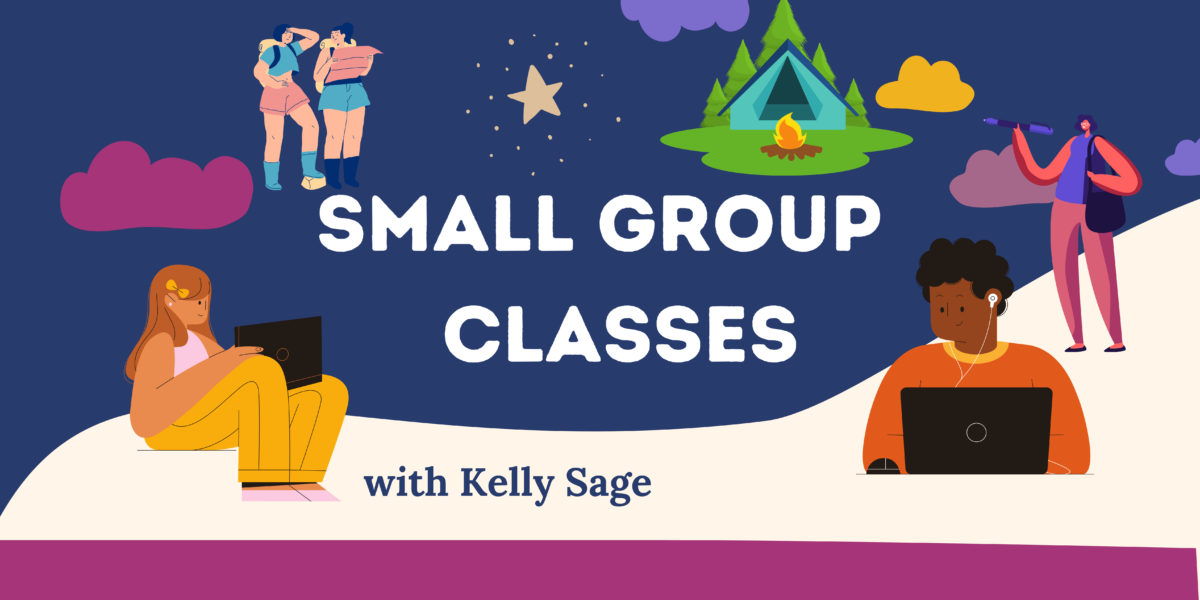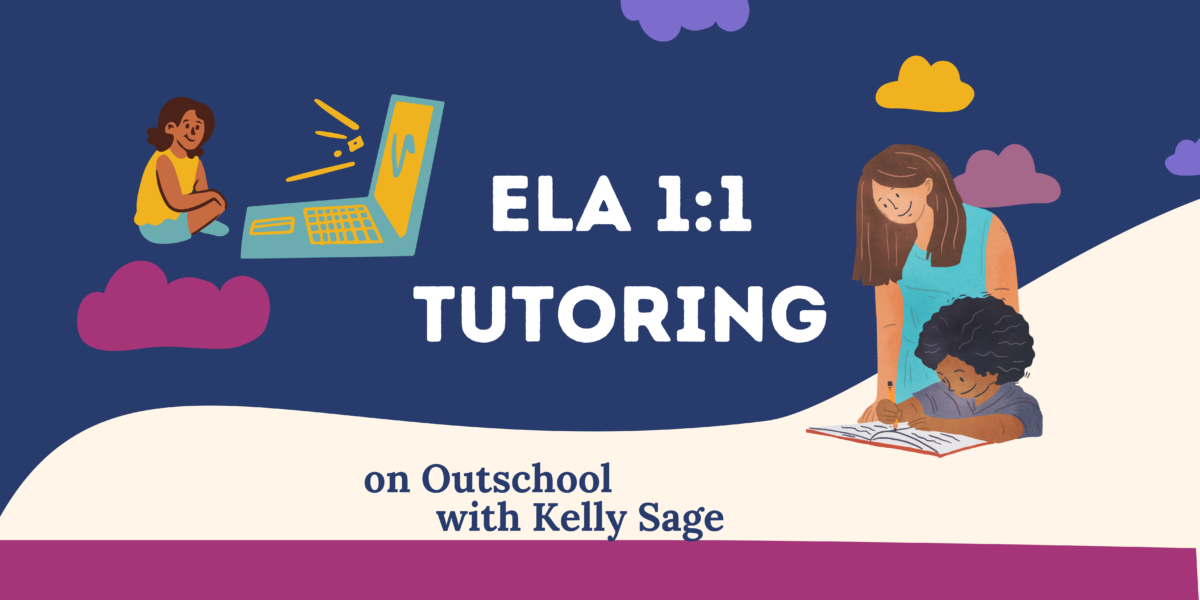Disclosure- Links in this post may be affiliate links. If you click through and make a purchase, I earn a commission at no additional cost to you. Unless noted, if I am reviewing a product, I have been compensated for my time. I write honest reviews. They are not required to be positive. I only recommend the resources we love and use.

The first time learning math facts came into my life I was the student, and I was not a fan. The second time my oldest followed in his mother’s footsteps and also refused to memorize them. I got him learning wrap-ups (which I still think are more fun and useful that the flashcards I had as a kid), but the fact remained, memorization was not the key to his or my learning.
Having been through the torture of trying to get kids to memorize math facts twice, I tried a third time . . . (smh) and while my second didn’t put up much resistance to the wrap-ups or reciting the facts, it quickly became clear, memorizing the facts was not teaching understanding.
This is a problem.
It’s important to know why 9 x 8 = 72 not just that you put down your eighth finger to find the answer or because you’ve drilled through flashcards. (Although the nine’s trick is pretty great!)
In a Hechinger Report article, “Should we stop making kids memorize times tables?” researcher and education professor Jo Boaler says no to memorization, “Drilling without understanding is harmful. I’m not saying that math facts aren’t important. I’m saying that math facts are best learned when we understand them and use them in different situations.”
I’m on the lookout for the best ways to help my kid to learn and understand math facts. Here’s what I’ve found.

Learn and Understand Math Facts
1- Skip the Drills. Jo Boaler’s paper, in her paper “Fluency Without Fear: Research Evidence on the Best Ways to Learn Math Facts,” includes awesome math games and info to download for free.
2- Kate Snow’s Math Workbooks. They include ways to teach facts and practice problems. They also have so many fun, reusable games that require little to no prep or manipulatives. Gather a couple of dice and some coins and you’re set.
We used Kate’s workbooks for addition and subtraction and LOVED them. Excited to give the next two a try.
3. Play with Cards & Dice! We do and it’s fun! Best of all the math facts are starting to stick.
4- Khan Academy– my number one choice for online math programs, they teach the hows and whys instead of rote memorization. Bonus- it’s free.
5- Know your kid. If your child (like mine) doesn’t not enjoy being timed, don’t make them see how many problems they can do in a minute. Math anxiety is real and having to race against a clock can make learning math facts (or anything) painful. If you kid loves that sort of thing, go for it, but don’t assume in order to know something you have to recite it quickly.
6- Sing! There are so many fun songs and skits on YouTube, like these!
7- Practice using real-life situations. Cooking, grocery shopping, dividing up candy fairly between siblings- get creative and look for ways to get kids using their math facts.
8- Check out We Are Teacher’s 23 Fun Hands-on Ways to Teach Multiplication. Love their game ideas and the Waldorf Multiplication Flowers.
9. Make String Art! My kid loved this. We’ll be looking for more ways to practice math in this way and to just make string art, because, it’s gorgeous!
Have any games or ideas to help kids learn and understand math facts? Let us know in the comments below!
























